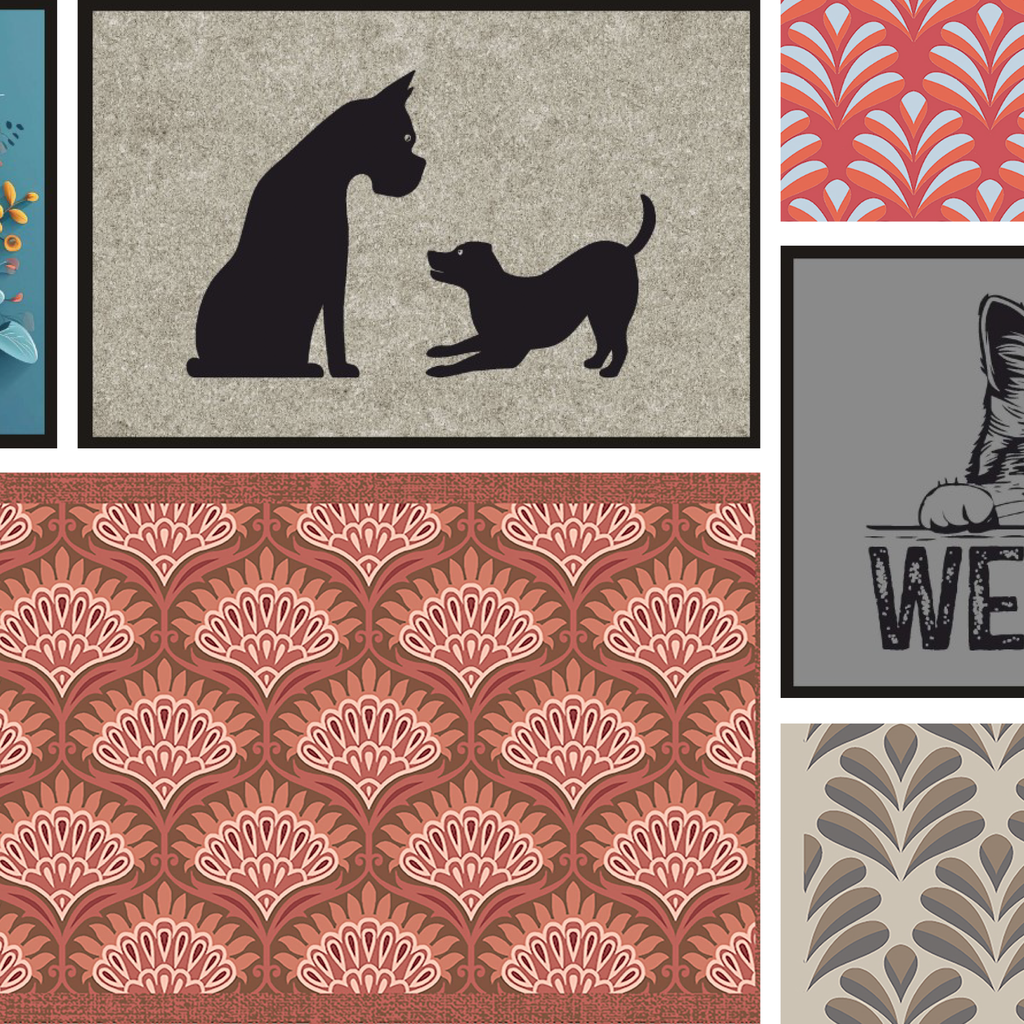Thuis gebruiken we touw om iets samen te binden of op te binden en staan we niet stil bij de techniciteit achter het product. Onze touwen worden echter in verschillende bedrijfsprocessen gebruikt of in toepassingen waarbij de kwaliteitsgarantie uitermate belangrijk is. Om een onberispelijke kwaliteit te garanderen, is specifieke kennis nodig alsook doorgedreven kwaliteitscontrole met aangepaste toestellen en vastgelegde procedures.
Touw is een technisch, maar ambachtelijk product. Kenmerken als breekkracht, diameter en lengte zijn heel belangrijk en moeten we blindelings kunnen garanderen. Hieronder enkele voorbeelden hoe we dat concreet kunnen waarmaken.
-
Op periodieke basis worden touwen uit het magazijn en de productie genomen en aan strenge kwaliteitscontroles onderworpen. Zo testen we intern met onze eigen trekbank de breekkracht.
-
Veel van onze machines werken autonoom. Een operator selecteert het juiste programma en laadt de grondstoffen in, waarna de machine uren verder kan. Op de machines zelf zitten bvb. draadwachters en sensoren ingebouwd die draadbreuk detecteren.
-
De katoengarens worden aangekocht in metrische garennummers (NM) of het aantal meters garen per gram. Visueel is het verschil in dikte tussen de verschillende NM’s niet te zien, daarom werken we hier met een yarn counter.
-
Natuurlijke touwen hebben als bijkomende eigenschap dat het niet altijd evident is om een constante aanlevering aan grondstoffen te hebben. De diameter of dikte kan bvb. eens afwijken. In onze katoenproductie worden verschillende garens samengedraaid tot een dikker eindproduct. Als de basisgarens een afwijkende dikte hebben, klopt het recept niet meer en heeft ook het uiteindelijke touw niet de verwachte diameter. 1 afwijkend draadje dat 48 keer gebruikt wordt om tot een dikker touw te komen heeft een hele grote impact op het eindresultaat. Ook hier opteren we voor een controle van de garens bij aankomst, zodat indien nodig het recept kan bijgestuurd worden en we altijd een constant eindproduct afleveren.
-
4-ogen principe. Elk product gaat minimaal door 2 paar handen, zo kunnen er ook 2 personen aandacht besteden aan de kwaliteit en springen er misschien extra zaken in het oog.














